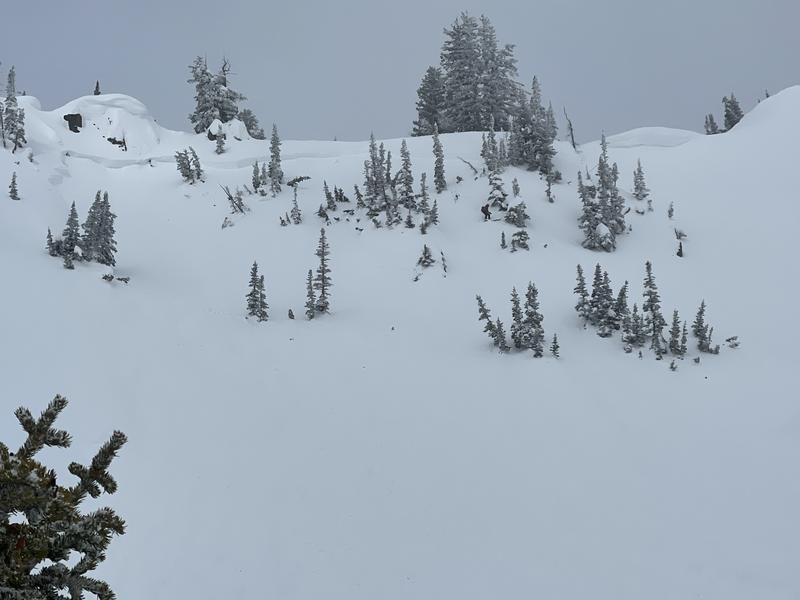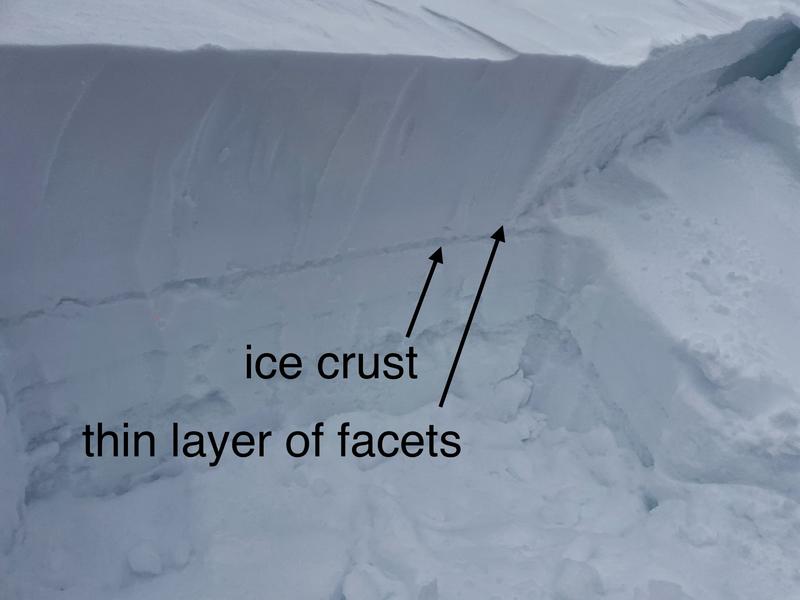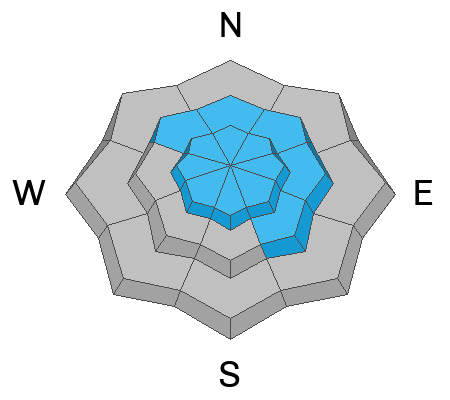Under mostly cloudy skies, the mountain temperatures have finally cooled off and range from 15-20 °F. Winds from the northwest blow 10-15 mph across most upper elevations. Above 10,000', the wind is a bit stronger and blows from the northwest at 20-30 with gusts into the 30s.
Today, we can expect mostly cloudy skies with some snow showers in places this morning. As the day wears on, a short period of high pressure will build into the area. We will see mountain temperatures rising into the low to mid-30s °F with partly cloudy to clear skies. The wind will remain from the northwest today, blowing 10-20 mph across the upper elevation.
In the past 24 hours, we picked up another 5-10 inches of new snow (.35-1.25" swe). This Brings the total in the Upper Cottonwoods since Valentine's Day to roughly 57" of snow with 5.92 inches of water. Huge totals. Across northern Utah for the past four days (since February 19), the storm totals are roughly:
- Upper Cottonwoods: 12-27" snow (2.03-3.20" swe)
- Park City Ridgeline: 10-17" snow (1.5-1.94" swe)
- Provo Mountains: 8-12" snow (2.78 swe)
- Ogden Mountains: 18-29" snow (2.35-2.71" swe)
Four avalanches were reported from the backcountry yesterday.
One rider on East Bowl of Silver Fork triggered a small 8" x 25' wind slab on a slope cut; they were caught and carried 200-300' downhill, deployed an airbag, lost a ski, and thankfully, had no injuries.
The other avalanche that caught my eye was in
Caribou Basin (backside of Brighton). This was on a southeast aspect, and the avalanche failed 2' deep x 100 ' wide likely failing on the crust faceted interface that was buried on Valentine's Day (photo below). There was also a report of a large booming collapse on a southeast-facing slope on peak 10,420 in upper Big Cottonwood.
Avalanche in
White Pine, Dog Dish, 14" deep x 300' wide. This was likely a new snow soft slab avalanche. The width is alarming to me.













